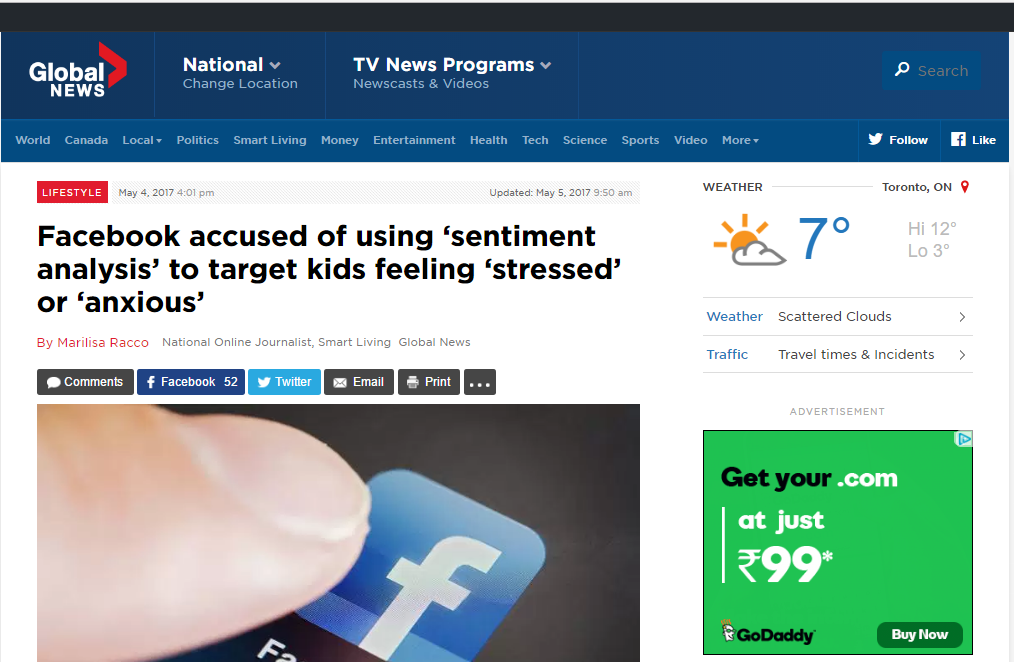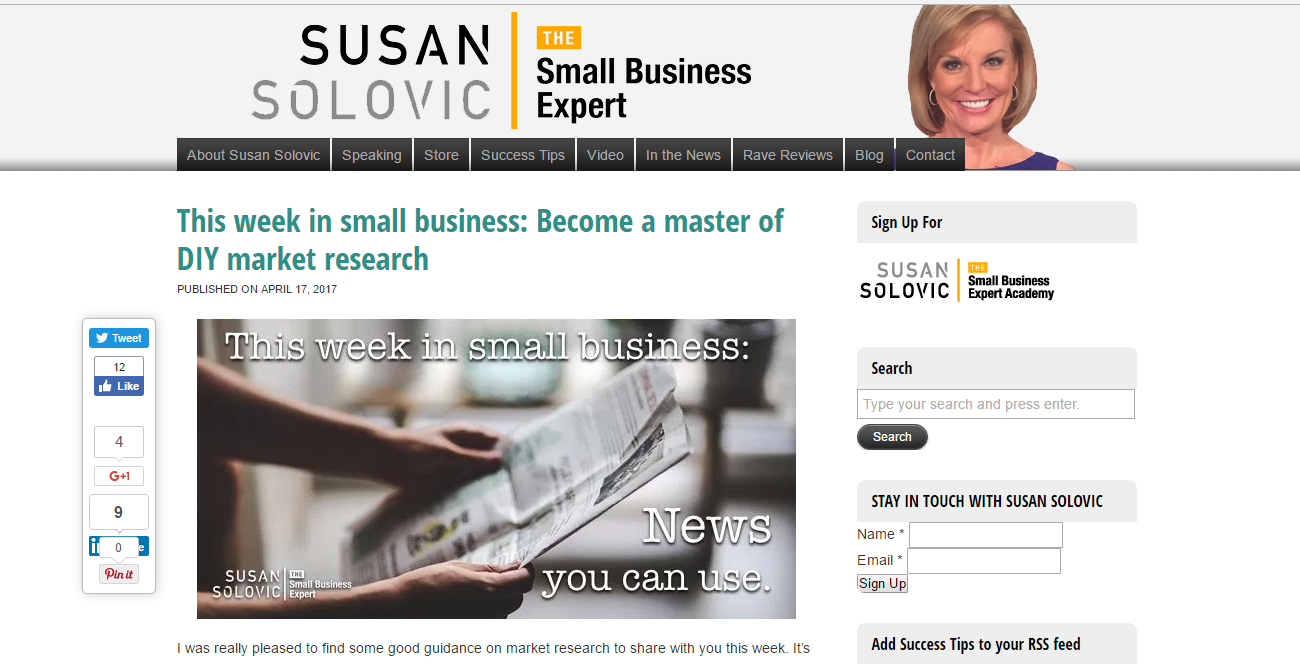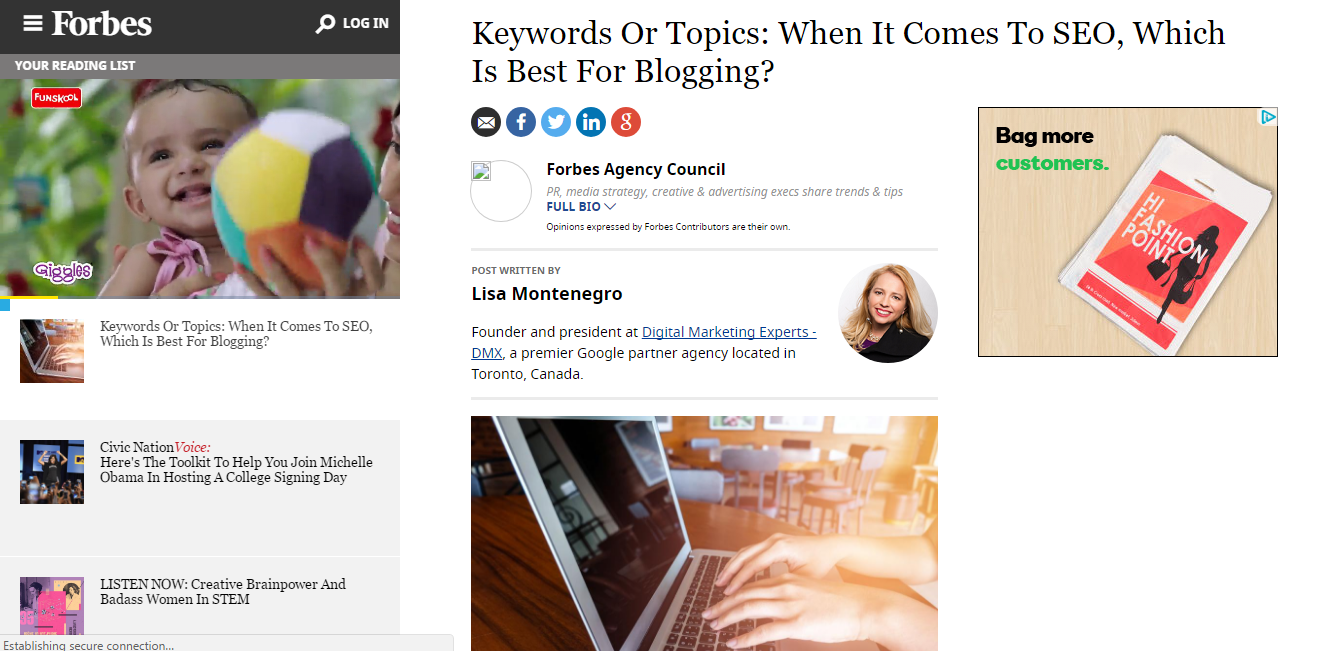
All digital marketing agencies today need to be able to provide clear metrics on their customers’ social media return on investment (ROI).
It is surprising to me to still hear businesses comment that social media is optional and not measurable. This is definitely a risk that businesses can’t afford to take now that social media has cemented itself as a marketing channel in its own right.
It’s time to give social media the respect it deserves. And because this key component of your business strategy is going to take more time and resources, you should definitely know all about social media ROI. What is social media ROI? It’s a bit of an open question that depends specifically on your company and your goals. Let’s take a deeper look below.
Determining Your Goals
Defining your goals is the first step. Are you hoping to increase your number of followers? Are you planning to sell more product? Are you looking for increased traffic to your website? How about more foot traffic to your business?
Social media ROI boils down to how much you’re currently spending and how much your social media impact matters to your business right now. This can pose some difficult questions and decisions. For example, maybe a long-standing company is used to spending most of its marketing budget on more traditional forms of advertising, like television or print. It can be difficult to decide to change what has been a long-standing tradition. For some, it may seem strange to trade television for Facebook or Instagram. However, social media ad spend may actually get more results. In fact, 2017 marked the first year that digital marketing surpassed TV ad spend.
If you want to track your current social media ROI yourself, here are some great tools to help you.
Benchmarking Current Measurements
Before you start measuring your social activities, I’d recommend that you take a benchmark of where you are starting.
Here is a quick list to follow:
- Make a record of your existing website analytics (i.e., visitors, referral links, SEO rankings, etc.)
- Record any current customer satisfaction scores you are tracking as well as customer ratings on external directories (i.e., Facebook or Google My Business recommendations)
- Make a note of any KPIs you currently track (i.e., cost of customer acquisition, advertising budget and allocation, average sale, average sales per month, etc.) to see how these change over time
- If you’ve already set up some social profiles and have followers, make note of the numbers you already have (i.e., number of connections on LinkedIn, Facebook fans, blog subscribers and Twitter followers)
Understanding The Importance Of ROI
It’s mind-blowing that many companies don’t know how much they’re currently spending on social media. It’s time to pay attention and find out which social media channel is bringing your company the most revenue at present and why. Also note areas in which you could improve. Monitoring these will enable you to make changes for the better.
A great example of this is a local restaurant that wanted to know which social channel was most effective for increasing traffic to their location. For three weeks, they set out to test one social channel on only one specific day of the week. While they were pleased to see that each social channel tested (Facebook, Twitter, Instagram) brought results, they were somewhat surprised to find that their Instagram Stories strategy resulted in lineups out the door. This strategy specifically involved the kitchen staff taking video of the chef as each dish came out of the oven and was plated. This restaurant now exclusively markets on Instagram successfully.
Measuring Your Social Media
Again, define your goals. It’ll be easier to measure your social media performance if your goals are clear. Don’t try to hit every aspect possible. Choose areas that need improving or areas that are doing well and decide what to change to gauge more impact.
Break these areas into categories that can be tracked, such as customers who follow through on one of your brand’s calls to action rather than using a browser to get to your website. For example, how many people are signing up for your emails or making a purchase by clicking through?
Here are seven social media metrics to monitor.
Social Media Campaigns
Once you have clear goals, an idea of your budget and a proposed plan, link your goals in tandem with your social media strategy to get the best ROI. For example, an event company set a goal of getting 12,000 visitors to their next event. Since the event was free, there was no signup required (so, it was hard to track numbers). Based on the social media campaign, we knew that 1.4 million-plus impressions had been generated, with 13,000-plus clicks on the link, but how would we know exactly how many people showed up? We decided to utilize people-counting sensors at the event and were able to measure that they surpassed their goal (14,546 to be exact).
The impact of your social media campaign should be measurable from the get-go as the value and specifics of each link you share on social media will be trackable. This makes it easier for you to see which links are building traffic and promoting engagement. Here’s a great guide on link tracking throughout a campaign and beyond.
It’s often the little things that add up. With that in mind, it’s important to remember that while social ROI matters, the figures themselves aren’t the only indicators of social influence and growth. For instance, influencers, collaborators and rich media can all enhance your social media presence without the need for long-term investment.
Welcome to a new level of social awareness.




